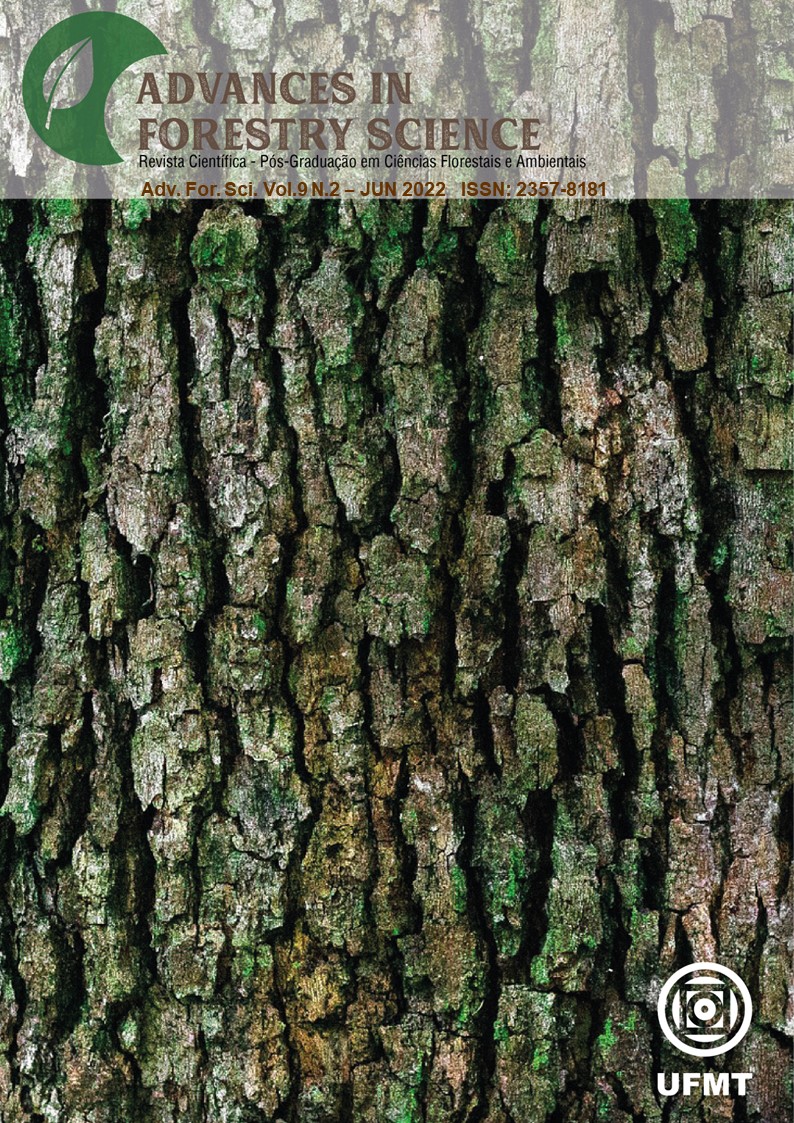Mechanical properties of three fast-growing species exposed to a decay field
DOI:
https://doi.org/10.34062/afs.v9i2.12146Abstract
Know the wood natural durability is important for determining the application places for the material and the chemical preservatives necessity. Due to they are fast growing species that can supply the timber market needs, knowing their properties is a relevant factor. The aim of the present study was to determine the mechanical properties of three fast-growing species exposed to a decay field. For this purpose, 36 fence posts (12 per species) of rose gum, “bracatinga”, and wattle wood had their mechanical properties in static bending determined in a universal testing machine, before and after exposure to the three different decay environments (open field, planted forest and native forest). Generally speaking, woods showed less mechanical resistance when exposed for a prolonged time, due to the degradation caused by climatic phenomena and xylophagous organisms. Among the studied species, wattle had the highest resistance, that is, greatest natural durability, performing higher values of MOE, MOR and TLP, than rose gum and “bracatinga”. In the open field environment, the woods presented more desirable mechanical characteristics than in native and planted forest areas, due to factors less favorable to the development of xylophagous organisms. Therefore, wattle has highlighted itself both in open field and forest environments, and can be used in conditions where it is in ground contact. Also, the wood exposure in open field is more advisable than in forest cover areas.
Downloads
Downloads
Published
Issue
Section
License
All copyright must be assigned to the Federal University of Mato Grosso.

